Crop harvest season is winding down, if not finished. Dairy farmer attention now turns to pre-winter projects. Progressive Dairyman asked our team of editorial advisers to share their near-term plans.
Like you, they have plenty on their plates. For many, the dairy farm economy is a factor on which projects they tackle.
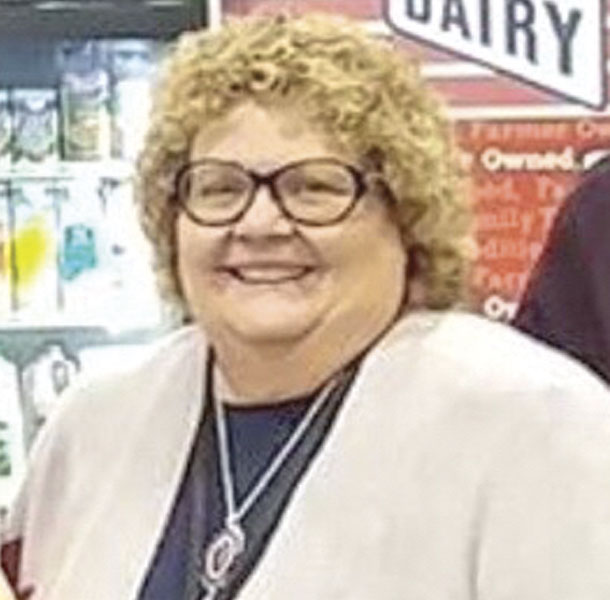 Lynda Foster
Lynda Foster
Foster Dairy
Fort Scott, Kansas
Herd: 180 commercial Holstein cows milked in three robotic units
Seeking robot management efficiency
The next big project I want to work on is how to start managing the robotic milking system in a more efficient and economical manner. We started (with robots) two years ago, and we feel we have the basics down – although it’s always a learning experience.
The software provides so much information a person can spend hours analyzing it. In my opinion, for robots to be successful, you need to know how to fine-tune all the information and understand the capabilities they offer.
With low milk prices, we have to save every penny. I need to do more research as to what information is important and what information I don’t need to worry about so much. There are webinars offered to help with this, as well as dairy specialists and other robotic dairy farmers.
Digesting all this information takes a lot of time and, as the old adage goes, time is money. Right now, I don’t have either.
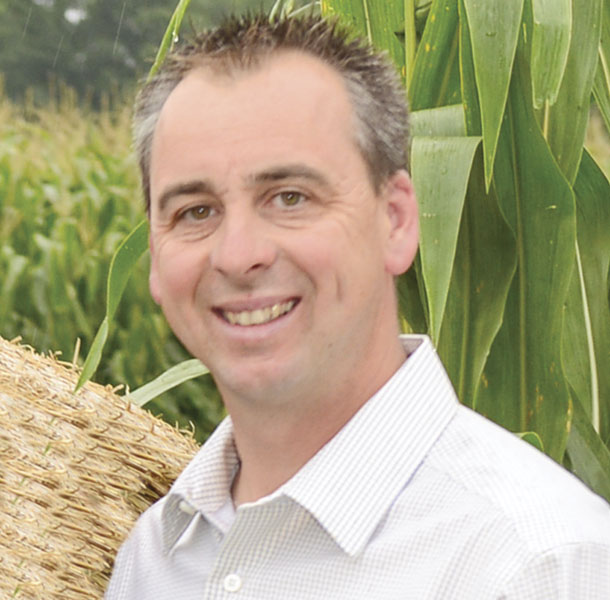 Dave Jauquet
Dave Jauquet
Jauquet’s Hillview Dairy
Luxemburg, Wisconsin
Herd: 650 registered Holsteins milked in a double-16 parallel parlor
Updating ventilation system
While there are many things to focus on every day on the farm, this fall I want to work on the efficiency of our fans. The cross-vent barn is now 11 years old, and the fans could use some updating. They are working great, but I believe with some updates we can save some money by reducing electricity usage.
Also, they will leak less air, so the ones that are running will be moving more air at cow level. This should also help with freezing along the fan wall by reducing drafts.
There are always lots of “projects” to work on, but with the cash-flow situation where it is, we want to focus on some smaller things.
 Aaron Wickstrom
Aaron Wickstrom
Wickstrom Dairies
Hilmar, California
Herd: 2,400 Jersey cows milked in 50-cow rotary
Crunching labor numbers
The number one thing we are focusing on after harvest is continuing to dive deep into our cost structure and make cuts where we can to drive down our cost of production.
With the California ag overtime exemption laws changing on Jan. 1, 2019, and the pool of skilled dairy labor shrinking, one of the areas we are placing the highest focus on is labor. We want to make sure the great team we get to work with every day is allocated correctly and used as efficiently as possible.
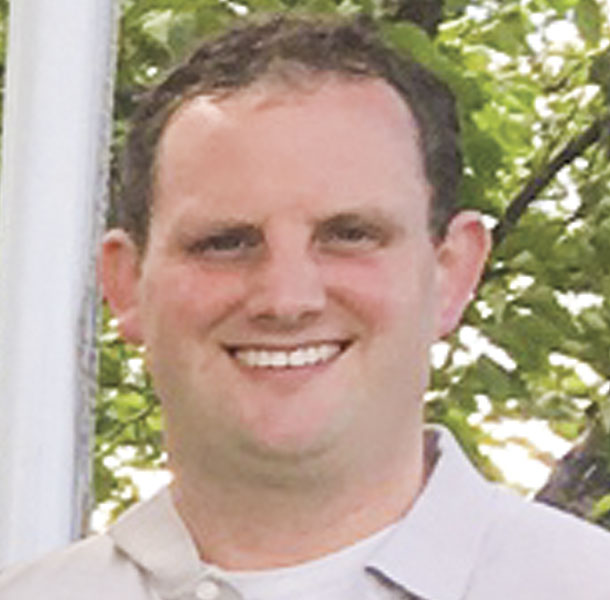 Tony Brey
Tony Brey
Brey Cycle Farm
Sturgeon Bay, Wisconsin
Herd: 450 registered Holstein cows milked in swing-nine parlor
Cover crops critical to next year
Upon completing corn silage and sorghum-sudan harvest, we transition into “cover crop season.” We have significantly increased our cover crop acres over the last several years. We have seen the agronomic benefits and increased forage yields to justify further investment in this practice.
This year we will no-till winter wheat, triticale and rye into corn silage acreage after harvest. Winter wheat is valuable to us because it gives more flexibility for summer manure hauling. Triticale will be harvested for youngstock and the milking herd diet. Rye will be terminated in spring to allow for early corn planting.
This year we will also be broadcasting cover crop mixes after harvest and have experimented with interseeding clover into our grain corn acreage. We are hoping for a dry fall to get all this planting done in a timely manner. Earlier planting dates give more time for establishment before Wisconsin returns to a frozen tundra.
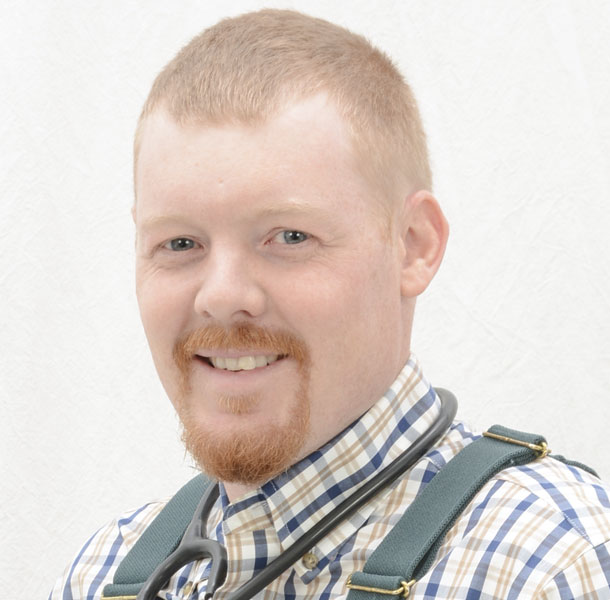 Brandon Treichler
Brandon Treichler
Veterinarian
Select Milk Producers
Canyon, Texas
Consults with 100-plus dairies
Preparing teat condition, cow housing for winter
After harvest, our thoughts need to turn to prepping the dairy for winter. For me, because of my focus on milk quality, that means taking this opportunity to make sure the herd’s teat health is in good shape. We have a small window left where we can improve teat skin and teat end health.
I’m also going to make sure my barns and buildings are ready, paying special attention to side curtains and roll-up doors. Wind and weather exposure will be one of the biggest risks to teat skin, and it is important we are ready to close curtains and doors.
We want to make sure we have made our winter dipping product decisions and have them purchased. We are also going to ensure there is a system in place where employees will know when it is safe to dip with traditional products and when we need to switch to winter dips.
Calves are going to be particularly at risk in the coming cold weather. We need to check our stock of calf blankets, repair any that are torn or broken, order any new ones we may need and wash all of them so we are ready to go.
We also cannot forget about our people. We need to make sure parlor heaters are working and maintained and cleaned to avoid any risk of fires. An ounce of prevention and planning now will be worth more than a proverbial pound of cure later.
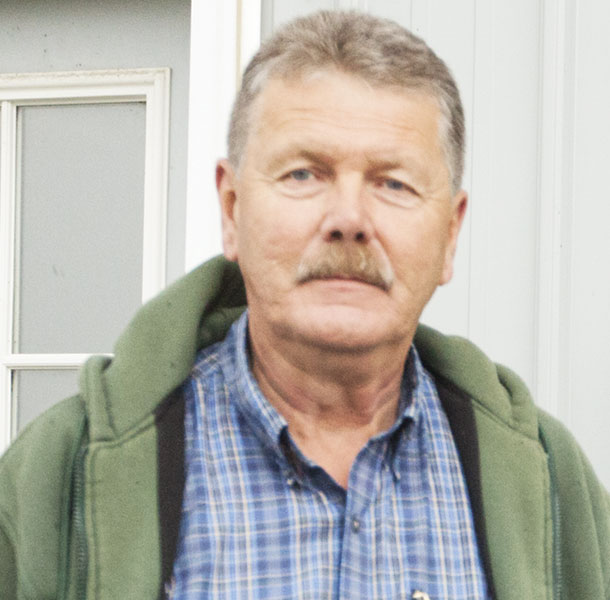 Bill Rowell
Bill Rowell
Green Mountain Dairy
Sheldon, Vermont
Herd: 900 commercial Holstein cows milked in double-15 parallel parlor
Focus will be on milk check, FMMO policy
I will focus on the milk check and intend to make enough noise to correct an oversight. Farmers are now in their fourth year of operating below the cost of production.
Why? Federal Milk Marketing Orders (FMMOs), enacted in 1937, provide the legal framework for the movement of milk, by region, across the U.S. Last year, the Northeast FMMO (No. 1) saw the volume of milk exceed market demand and processing capacity, resulting in 170 million pounds of milk being dumped at the farmers’ expense.
Why not reduce production if milk is being dumped? Constrained by federal regulation, farmers have no escape from this malady without congressional reform. Afforded no means of control over production, the farmer has two options in this situation: either produce more milk during a downturn to keep their cash flow up or go out of business.
In the event milk production in any FMMO is brought into balance with market demand, another FMMO could flood milk in on top of that effort, which would then come at the expense of those who reduced their production.
Our farmers, vendors, dairy cooperatives, industry organizations and congressional delegates need to encourage Congress to revisit the FMMOs, recognize the needs of today and correct the problem. There is no efficiency realized in dumping milk; it is a waste of farm assets and irresponsible of the federal government to leave its farmers in this trap.
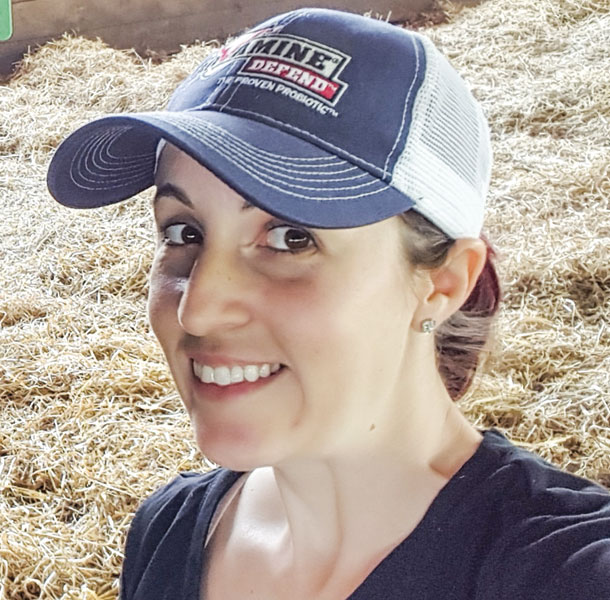 Katie Dotterer-Pyle
Katie Dotterer-Pyle
Cow Comfort Inn Dairy
Union Bridge, Maryland
Herd: 350-cow Holstein and Jersey herd milked in double-12 herringbone parlor
Curtains come first
Our harvest has been over since the end of August – the earliest we ever got all of our corn in. We need to tackle new curtains on the barn; the Jerseys ate the last ones.
We’d love to put in new mattresses too, but we can’t do both. With winter coming, curtains win. Maybe milk prices will be up come spring and we can put some mattresses in then? Wishful thinking. ![]()

-
Dave Natzke
- Editor
- Progressive Dairyman
- Email Dave Natzke








